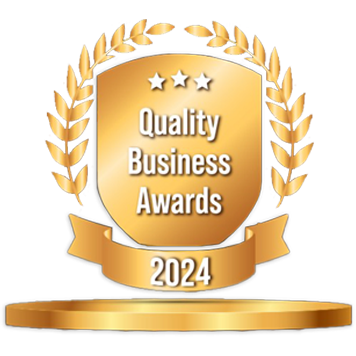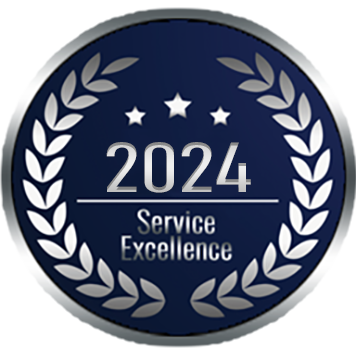BC Hydro Rebates | Fortis Rebates
BC Hydro Rebate program
Consult with a member of our Alliance of Energy Professionals for advice in planning an energy-efficient design geared to your building and your needs. Consult with your employees about comfortable lighting levels.
- Turn off lights when not in use
- Use task lighting when appropriate
- Replace lamps before they lose effectiveness
- Remove lamps that are not needed
- Retrofit your old lighting system to save energy and improve lighting quality
- Use LED systems for exterior lighting
- Use LEDs (light emitting diodes) for exit signs
- Switch to LED holiday lights
- Use LED lamps
- Only light occupied areas of your building during cleaning
- Improve interior surfaces’ reflectance
- Use timers or photocells for outdoor security and parking area lighting
- Install dual switches and dimmers
- Adjust lighting levels to match needs at different times
- Use advanced lighting controls
- Label electrical switches
- Clean and inspect your lighting systems regularly
- How energy management programs can help
Turn off lights when not in use
- Lights should be turned off whenever an area is unoccupied, including unused common areas such as copy rooms, break rooms, conference rooms and restrooms.
- If your lights can be controlled separately, turn off lights whenever there is enough natural light.
- Post reminders next to light switches or install occupancy sensors to keep lights off in unused areas. Occupancy sensors turn off lights automatically when space is unoccupied saving about 25% of the lighting energy.
Use task lighting when appropriate
Instead of using ceiling fixtures that light entire rooms, use compact fluorescent or LED (Light Emitting Diodes) task lighting.
Replace lamps before they lose effectiveness
The light output of a fluorescent lamp decreases as it ages, yet the same amount of energy is consumed to produce this lower level of light.
To eliminate this inefficiency, consider group relamping or replacing all the lamps in an area at the same time and near the end of their useful life. In doing so, you can:
- Cut replacement labour costs
- Reduce work interruptions
- Ensure and maintain proper light levels
If your lighting system is more than 10 or 15 years old, consider an updated lighting design. See BC Hydro’s Alliance of Energy Professionals (formerly known as Power Smart Alliance) for more information on how we can assist you.
Remove lamps that are not needed
Many lighting systems are over-designed, providing too much light for the task. This is inefficient and can make the working space uncomfortable. In some cases, lamps or whole lighting fixtures can be removed or retrofitted without creating lighting problems (de-lamping), although this may create uneven lighting in the working environment.
Consult a lighting professional for advice before embarking on a removal or retrofit project. This will ensure that the resulting lighting level will meet Workers’ Compensation Board standards and provide optimal comfort.
Retrofit your old lighting system to save energy and improve lighting quality
New technologies in incandescent and fluorescent lamp manufacturing are being implemented throughout North America to reduce energy consumption and improve lighting quality, at costs comparable to standard technologies. Also, emerging technologies like LEDs are entering the market at an accelerating pace, increasing energy and luminous efficiency at compatible costs to users.
Halogen lamps: In accent lighting applications, replace incandescent lamps with line voltage (PAR type) or low voltage (MR16 type) halogen lamps. They last longer, consume less energy and add more light reflection with greater sharpness.
T8 fluorescent lamps: Replace your existing T12 fluorescent lamps and magnetic ballasts with T8 energy-saving fluorescent lamps and high efficiency electronic ballasts. They reduce up to 40% of the energy costs, lower maintenance costs, increase the system’s life and improve the quality of light.
LED lamps and luminaires: by switching to either LED screw-in lamps, complete LED fixtures or retrofit kits it will allow you to achieve the maximum of energy efficiency from your lighting systems. Today, LED luminaires are available for most of the lighting applications.
Use LED systems for exterior lighting
Replace older outdoor incandescent or mercury vapour lamps with LED luminaires. This can save up to 75% of energy use while providing similar light output. Similarly, replacing high pressure sodium or metal halide systems with performant LED systems will save up to 50% of energy use and last over 10-15 years.
Very bright light sources can cause glare. Unless bright sources can be effectively shielded, a greater number of low-wattage lights usually create a better visual environment than a few higher-wattage lights.
Use LEDs (light emitting diodes) for exit signs
LEDs are becoming the standard for illuminating exit signs.
This is because new LED exit signs or retrofit kits consume 1-3 watts a fraction of the energy used by incandescent-based signs-and last about 100,000 hours. LEDs can also be inserted in the same sockets as incandescent lamps.
Switch to LED holiday lights
British Columbia is a world leader in the adoption of LED holiday lights, which provide brilliant colours along with the practicality of major energy savings and longer bulb life.
One example of a successful conversion is the Vancouver Park Board’s switch to LED lights for the grove of trees overlooking English Bay on Beach Avenue at Bidwell Street. The switch to 12,750 LED orbs reduced holiday season consumption from the former 20,400 kWh with incandescent strings on the six elm trees, to just 2,650 kWh with LED holiday light strings.
Learn more about energy-saving LED holiday light strings
Use LED lamps
Replace incandescent lamps in pot lights and general lighting fixtures with LED lamps. These lamps use 75% less energy while lasting at least 15 times longer, considerably reducing maintenance costs.
Many models of LED lamps come in a compact self-ballasted unit, complete with screw-in base, ideal for easily replacing incandescent light bulbs in residential and commercial applications.
Fortis BC Energy Rebates
Most of the lighting products eligible for rebates must be listed with the DesignLights Consortium® or ENERGY STAR®. Not all lighting types qualify for rebates.
If the type of lighting you are looking for is not on the list, email us at businessrebates@fortisbc.
Rebates are available to both new construction and retrofit projects unless otherwise stated in the product requirements.


